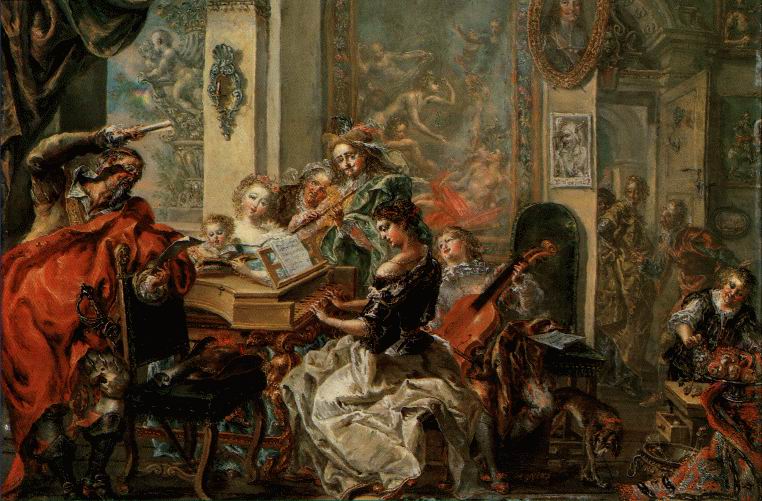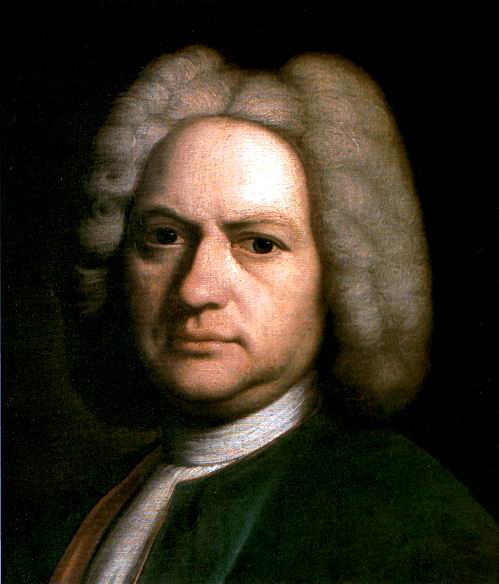Baroque Period
1600 - 1750

The term ‘baroque' was given to music from the 1600s to the 1750s. This term, originated in the 1860s, was derived from an Italian word ‘barocco', meaning bizarre. It was used to reflect the highly decorative German and Austrian architectural style of religious and public buildings of the 17th and 18th century.
From the early-to-mid 1900s, the term,
baroque was applied music associated with the 17th and early 18th century.
Today, the term ‘baroque' has come to refer to
a very clearly definable type or genre of music which originated, around the1600s
and came to fruition between 1700 and 1750.
Baroque music is always considered to be lively and tuneful, yet expresses order, the fundamental order of the universe. It is also known as the music of the 17th Century or Early 18th Century.
The baroque age favored the harpsichord, in which the strings are plucked and the player cannot vary the tone through finger touch. The piano took over after 1750 and it offered touch sensitivity.
MUSICAL STYLE
The basso continuo ( it is the combination between the cello, double bass
or bassoon and a keyboard instrument - either a harpsichord or organ) is ever-present
in Baroque music. It forms the bass part of all baroque music, supplying the
complete harmony. The music textures are primarily melody and accompaniment.
Voices
and instruments were also freely mixed and rhythms were often derived from
dance rhythms. Newly developed instruments provided a rich palette of tone
color and melodies are ornate and often made use of dramatic leaps. As for
the harmony, it is based on major/minor tonality and dissonances become more
common.
Repetition and simple binary and ternary forms provide the basis for musical
structure.
|
Cello |
Harpsichord |
MUSICAL CONTEXT
Musical Roles
Baroque continued to be used as an important tool of statecraft. This is because
both the new and extravagant styles served as a rich adornment to religious
services
in both Catholic and Protestant traditions. Music, especially opera was an
important source of entertainment to the middle and upper classes.
Instrumental Music
During this period, new instrumental forms, such as the concerto and sonata
were developed and new types of instruments (especially the wind instruments)
were created. The violin also became one of the most important string instruments
during this period. Instruments also played an important role in vocal music
as it not only served as accompaniment, it also often played equal roles with
the voices.
Instruments used in the Orchestra
during the Baroque Period
|
STRING
|
|
|
WOODWIND
|
|
|
BRASS
|
|
|
PERCUSSION
|
|
|
KEYBOARD
|
|
